|
I've resisted exploring natural dyeing with the ancestral trees I've been 'working' with for some time now. Mostly because I wanted to establish a connection of sentipensamiento , a feel-thinking with the trees and plants first before taking and using tree and plant materials directly. And so after 2 years of sensing my way through re-establishing connection to ancestral trees and plants, I am just now beginning to develop dye liquors and very small scale natural dye experiments.
This has meant a huge shift in how I work as I can be impatient and if I don't see immediate progress I can get discouraged and abandon projects for long periods of time and/or sometimes I like to have so many things on the go I don't do any of the projects justice! I have been under the very gentle yet firm and caring guidance of ancestors Ombú/Lajau, Jacaranda and Yerba/Cáa Yarí. Rather than over emphasising technique and process for achieving a particular colour, strength of dye or result I have been continuing to practice feel-thinking as I co-create recipe/poetry with the plantcestors. I especially love that with Yerba it is a herb I consume as a tea, the left over wet tea pulp is kept for dye and also fresh yerba leaves are dried and crushed to make a sahumeiro (incense), the left over ash is then kept and combined with the pulp to make the dye. Rather than boiling the dye in a pot on the stove I have placed experiments in glass jars on the balcony for the sun's rays to transform. I was inspired to use this method of solar dying by the beautiful work of artist Katie West, you can learn more about her practice at https://katiewularniwest.com/home.html and see her solar dying technique here https://www.abc.net.au/gardening/factsheets/my-garden-path---katie-west/12297974
0 Comments
This week home learning began and we took it as an opportunity to continue our "after school, unschool" sessions. We go outdoors or crank up the music at home to de-tune from learning fractions over a screen and move to get the whole body thinking and feeling. Moving in the open air and with the music dissolves and helps us release much of the tension that builds up.
I've been thinking about movement a lot. As well as unschooling with Tomas, I've recently been working to develop my own movement practice. About a month ago I joined Jungle Brothers a space and community that is so much more than a gym. JB had been on my mind for a couple of years but starting my PhD this year I knew it was going to be challenging and I would need to be both mentally and physically strong to get through it. I'm so glad I made the decision to join "the tribe" and I will say more about movement in a future post. In addition to Jungle Brothers, the coaches and fellow tribe members, I am sending special thanks to Ash Johns and the Finding Your Freedom + Healing is Happening programs/communities that I learn from and I am witnessed in. Also muchas gracias to the SUR-SUR collective of female artists I am now a part of connecting Australia and Uruguay. I am forever amazed that despite the various differences in time-zones and that the five of us lead busy lives we have managed to have regular zoom meets. Our last SUR-SUR meeting on Friday the 16th of July we continued to dream aloud what we hoped for our collective as we begin to define and secure resources for the various projects we'd like to make happen. And so in this moment I am feeling grateful for the work and the communities that support me (and that I can in turn support) during these challenging and uncertain times. What's emerging for me is that the collective is the bridge: that reclaiming, remembering and connecting can't happen solely with the individual. Might seem obvious and maybe I already knew this but understanding and knowledge definitely hit differently when you begin to integrate the lessons. The research (and the revolution) continue. this week began by being invited to and attending my first (zoom) meeting with the Basquadé Inchalá Community of the Charrúa Nation in Uruguay. it was very moving to hear other peoples stories about their connection to their Indigenous heritage through land, customs, family and the pain of oppressed narratives, the silences and denials. it was for me so very healing to share my story, to be witnessed and to realise that my story was very similar to many others. of the I think 15-17 people who were able to join the meeting, about 5 or 6 of us were either living in Australia or had lived here for some time or had family living here >> la tierra tiene memoria/the land remembers << I asked the trees once, why should I have such a connection to this place? They answered: our land masses were once joined you know? and so I went to the internet and the internet said "Ancient eucalyptus discovered in South America" and "A detailed eucalypt family tree" * this week has required me to be more like water. to let go of the plans I had made, cry, embrace the rain from my balcony, flow with changes in the schedule and routine, deepen into fluid (even if that fluidity is looking less than graceful) consistent movement and the power of daily practice. * the week in images below. we have been using and learning some of the Aboriginal names for the plants, birds and trees we often see. as I am learning Guaraní, Tomas is also using some of the Guaraní or Charrúa words we know. our tongues remember the taste of the sounds. the text I mention in the caption of the last photo below "D'harawal Dreaming Stories" is available via this link dharawalstories.files.wordpress.com/2015/05/burragorang1-1mb.pdf 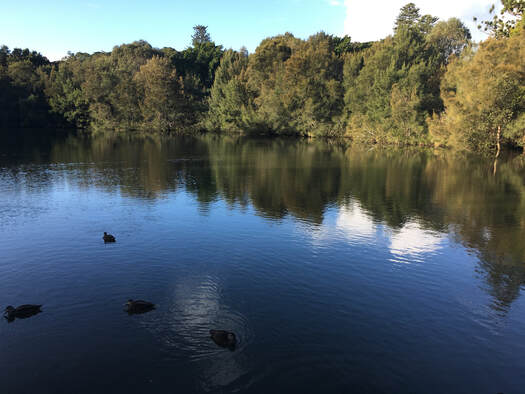 "Let's go visit the karumbe mum" but no turtles were to be seen today in the pond. we were instead entertained by old man crow Wai'gon* being unceremoniously told to leave the area by a group of Noisy Miners, Wirrgan* - - - - - - - *D'harawal names as written in "D'harawal Dreaming Stories" by Frances Bodkin and Gawaian Bodking-Andrews and illustrated by Lorraine Robertson (link in text above) these past few weeks have been filled with moments of connecting the dots, of remembering connections between how I experienced and viewed nature as a child and how I experience and see nature now. in an exhibition earlier this year, Kuña, I mentioned the concept of mother's eyes - that is the concept of ajé in the African Yoruba tradition and many others (see for example Teresa N Washington's "The Architects of Existence: Aje in Yoruba Cosmology, Ontology, and Orature" on this subject or follow the wonderful @ehimeora). In many African traditions birds are viewed as messengers and particularly connected to female ancestors and spirits. I used the term mother's eyes to describe my experience of observing and being observed by birds and for me in particular I connect with crows and magpies. just the other day I also realised it wasn't just birds that had been returning my curious gaze. all of nature was watching back. I have been visiting an ancestral tree relative, a solitary ombú, at least once a month now for well over a year and it seems wiriyagan (banksia) across the way have been watching me and thought it was time I came over and say hello. I often introduce myself to place (and have taught my son to do the same) by naming myself and those in my lineages, the lands we are from and often add a statement of gratitude for their protection and allowing us to pass through that place.
I remember undertaking a course with Negarra A Kudumu and I had been telling her about the strong feeling I had toward particular plants. Some plants had just kept popping up in conversation with other people or someone would have one in the background of a zoom call or I'd remember the plant being mentioned in a childhood memory or the plant would appear in a dream - so much so that after about 6-8 months of this I could no longer ignore it. It would then be after some research that I'd learn about an ancestral connection and the various uses and benefits of the plant. We talked a lot about herbalism and particular herbs and plants that are important for the African diaspora. At the end of one of our sessions Negarra said "don't be surprised if the plants of the land you are on want to work with you also". This journal documents an ongoing personal journey of acknowledging, making space for and deepening into right relationship with the land I live on, the various communities I am part of and myself. I find everyday ceremony in daily practices including, but not limited to; weaving, sewing, parenting, writing, being outdoors, walking, divining with my ancestors and dreaming awake.
I am currently a PhD research candidate at Sydney College of the Arts, The University of Sydney. The working title and topic of my research is "Reclaiming my indigenous roots on unceded land: transcribing and integrating counter archives". I consider myself an artist-researcher whereby my art practice is indivisible from my spiritual practice, my ancestral connections and my navigating this world as a woman of colour with African, Iberian and Indigenous South American heritage. As part of my PhD research, I am guided by three ancestral tree relatives: Ombú/Bella Sombra (Phytolocca dioica), Jacaranda (Jacaranda mimosifolia) and Silk Floss/Kapok (Ceiba speciosa) who have varying histories, migratory paths and lengths of habitation in Australia far from their native South American origin. |
everyday ceremonysentipensando on Gadigal land Archives
February 2022
Categories |
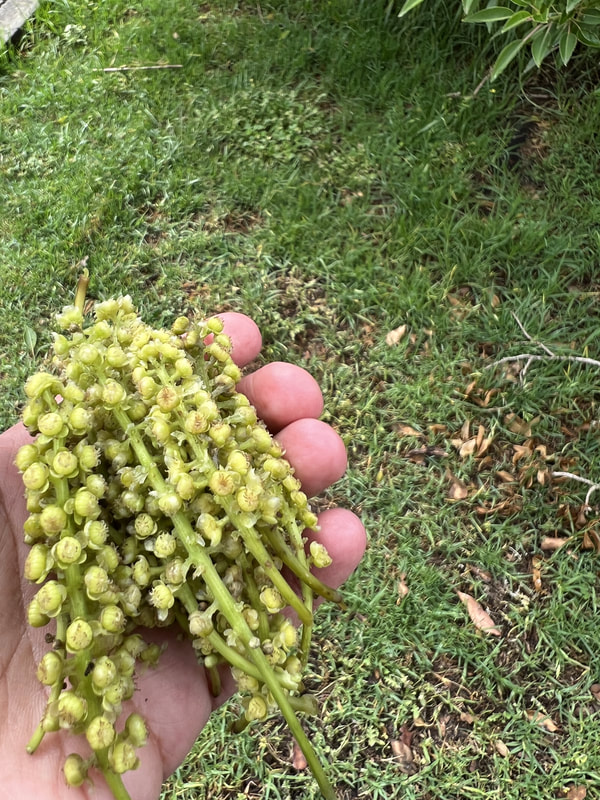
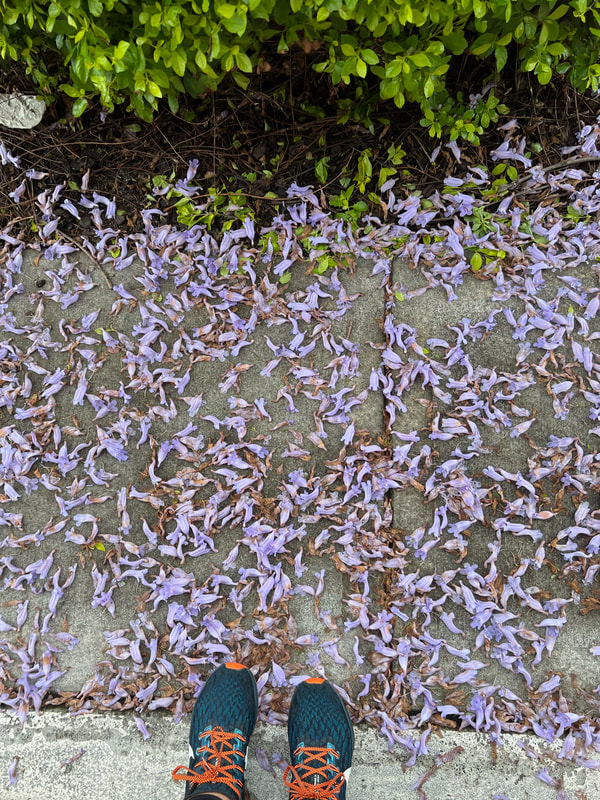
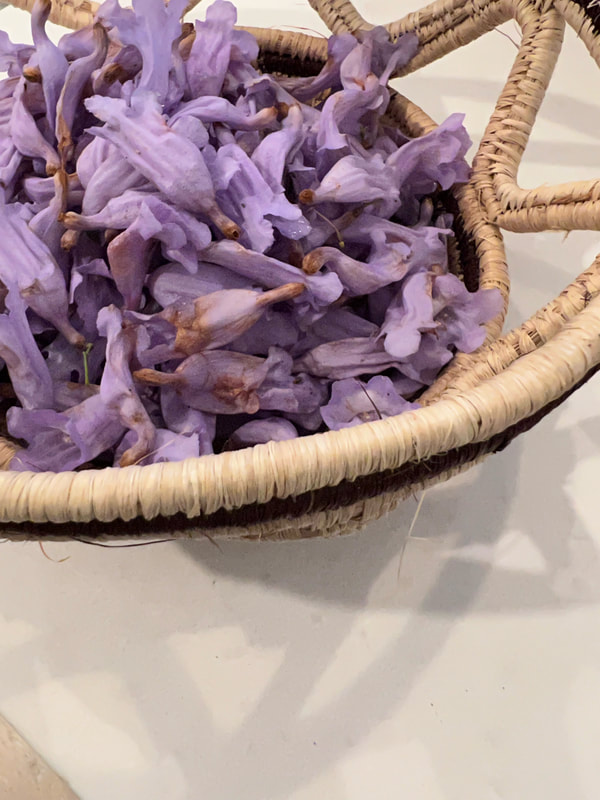
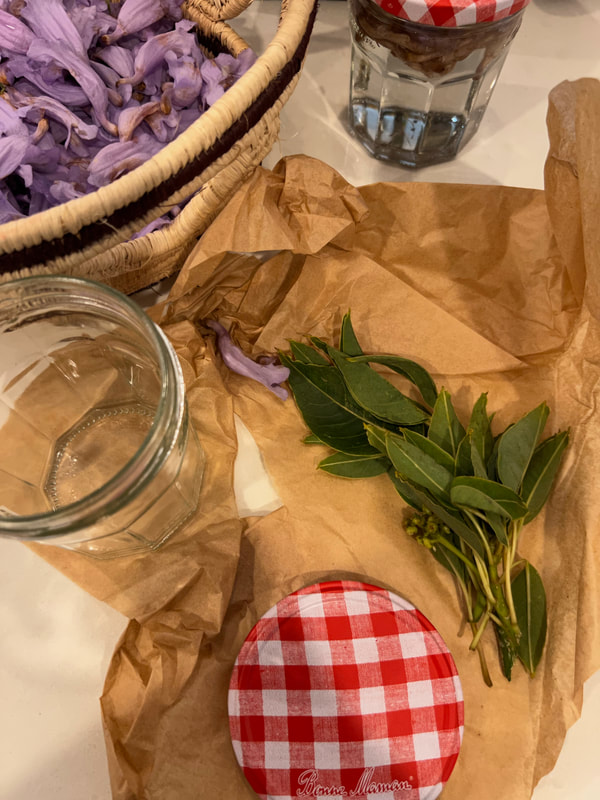
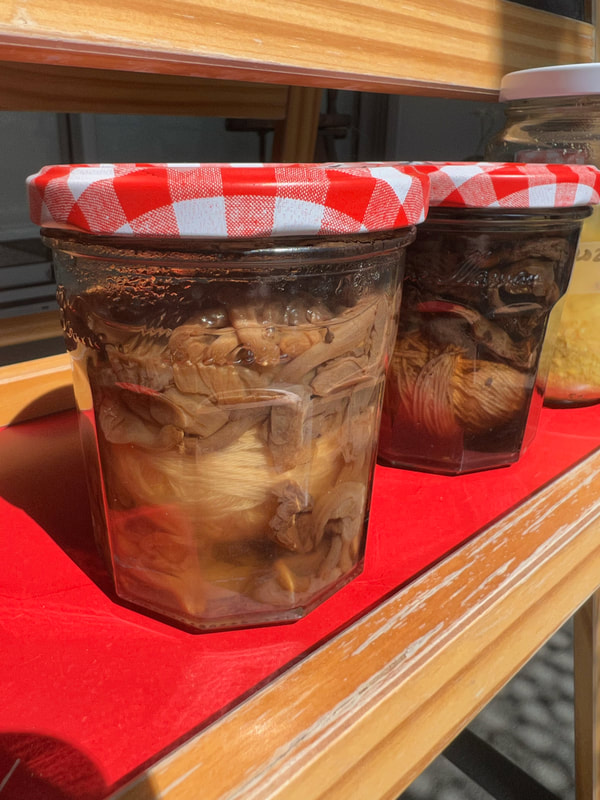
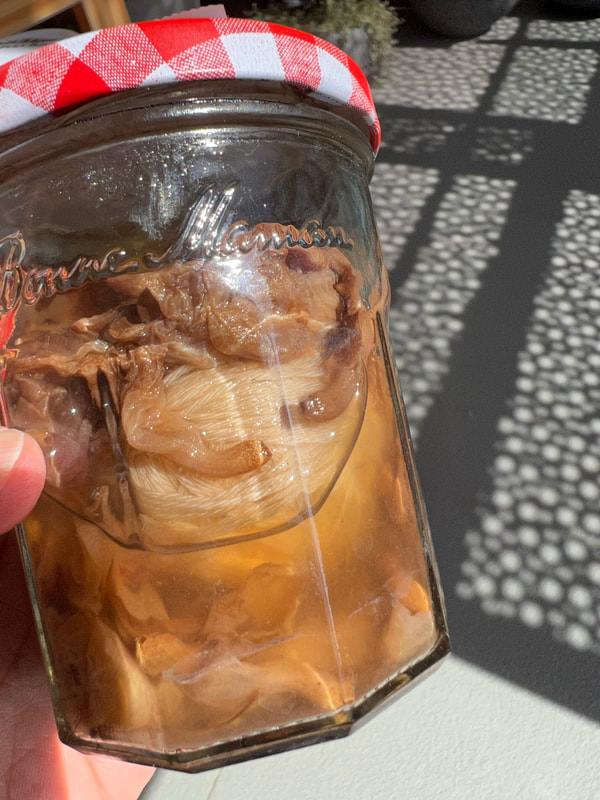
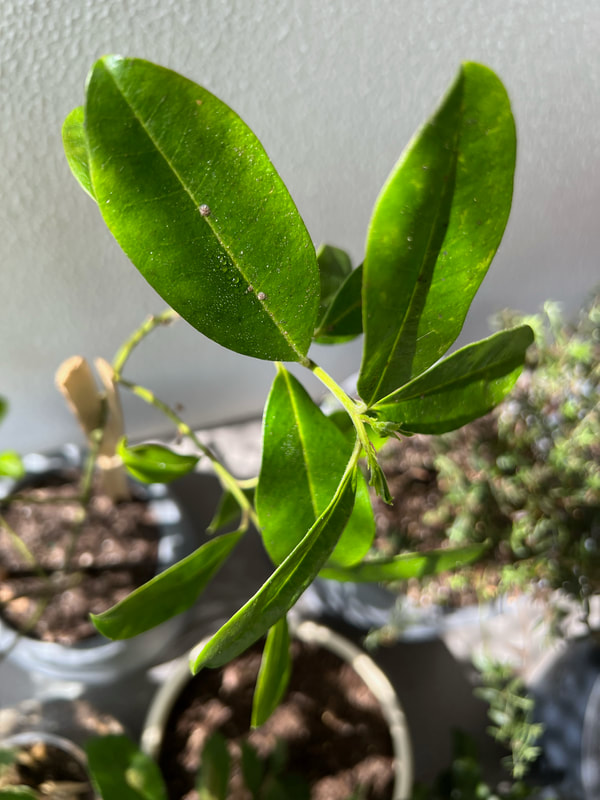
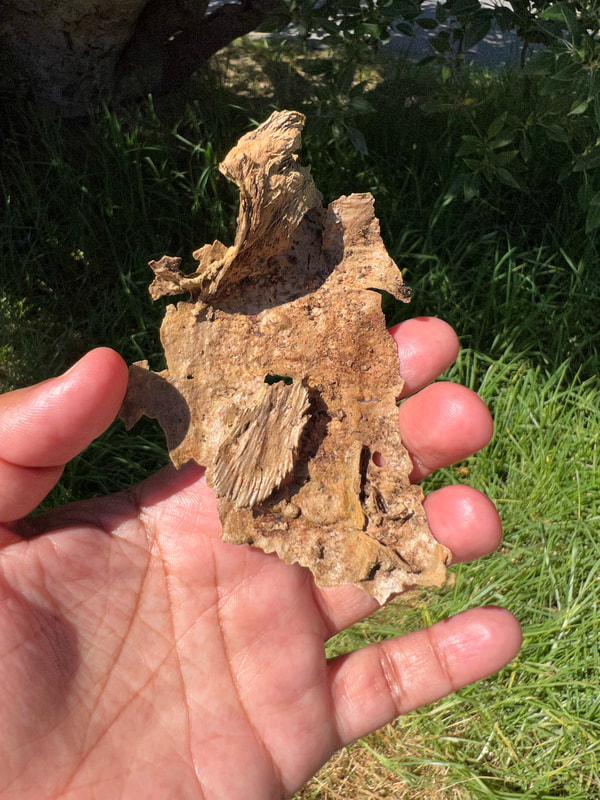
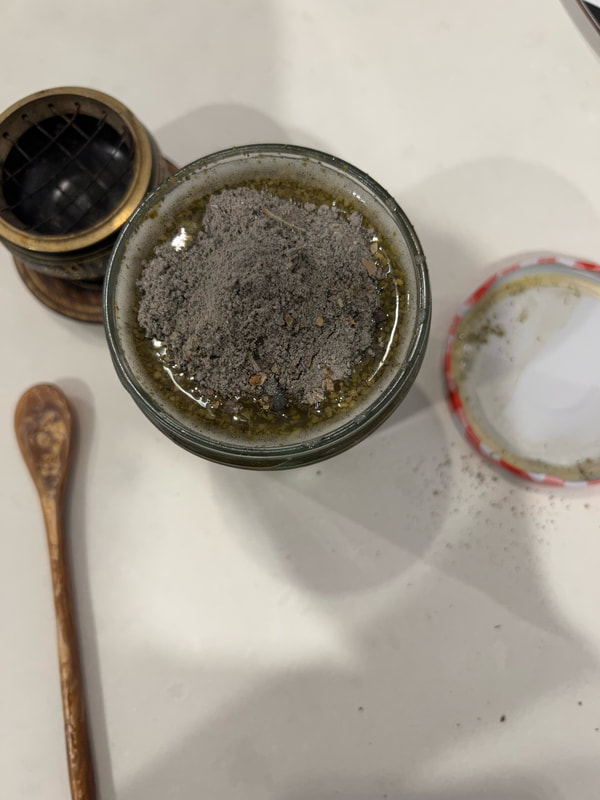
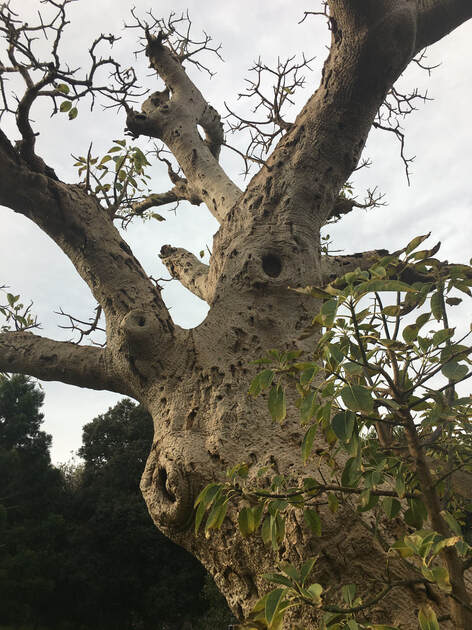
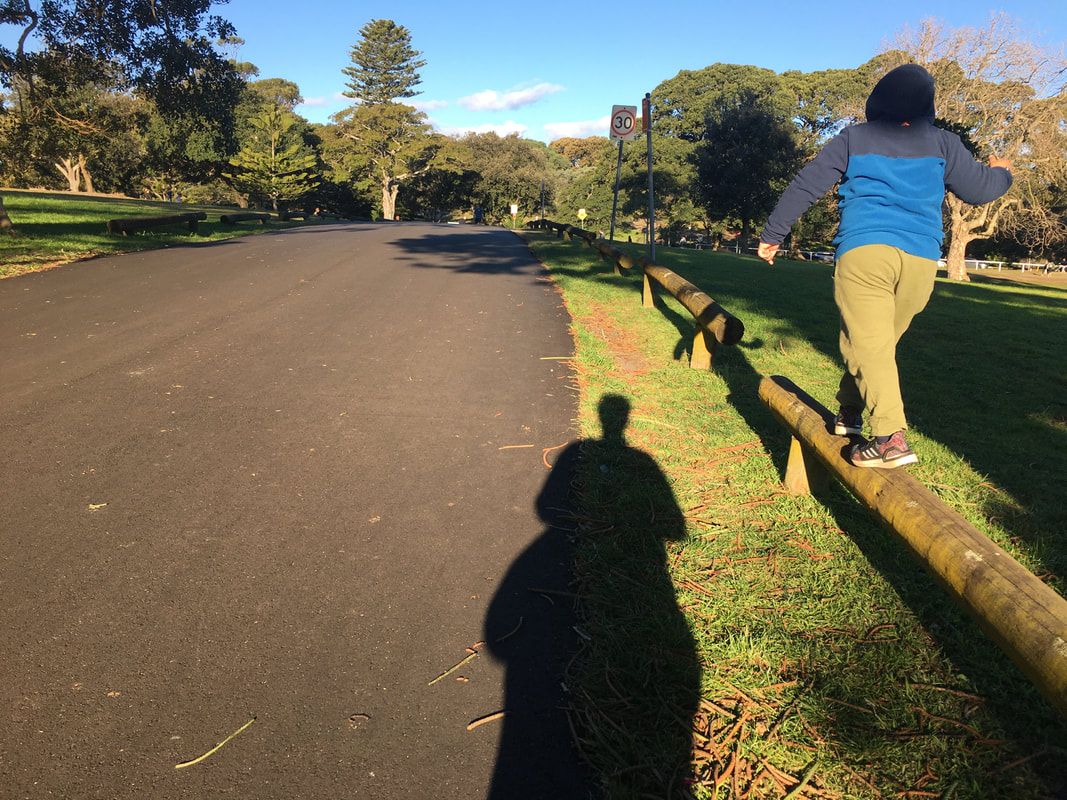
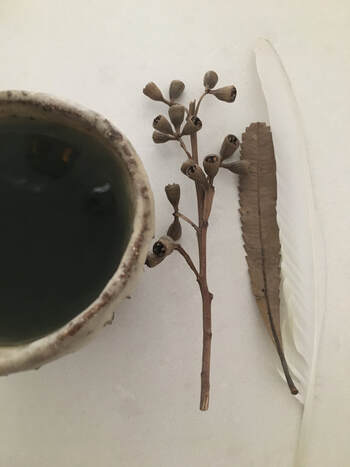
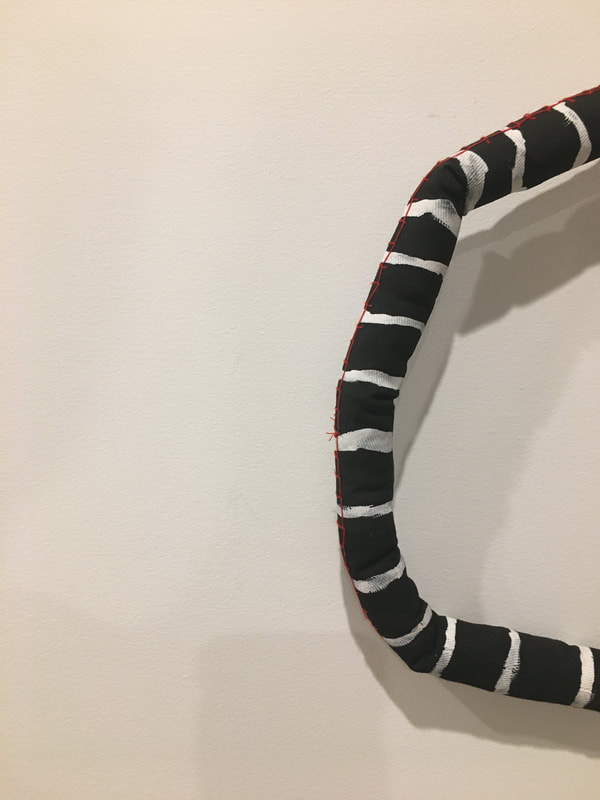
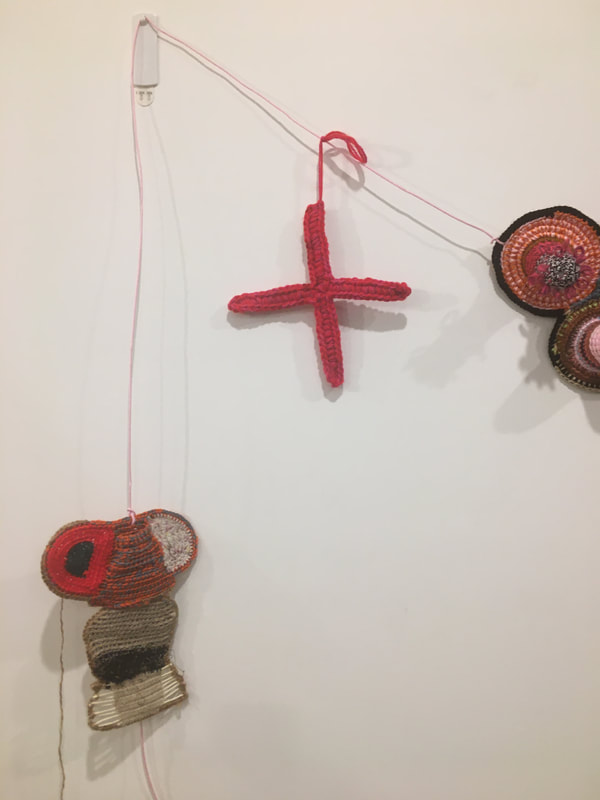
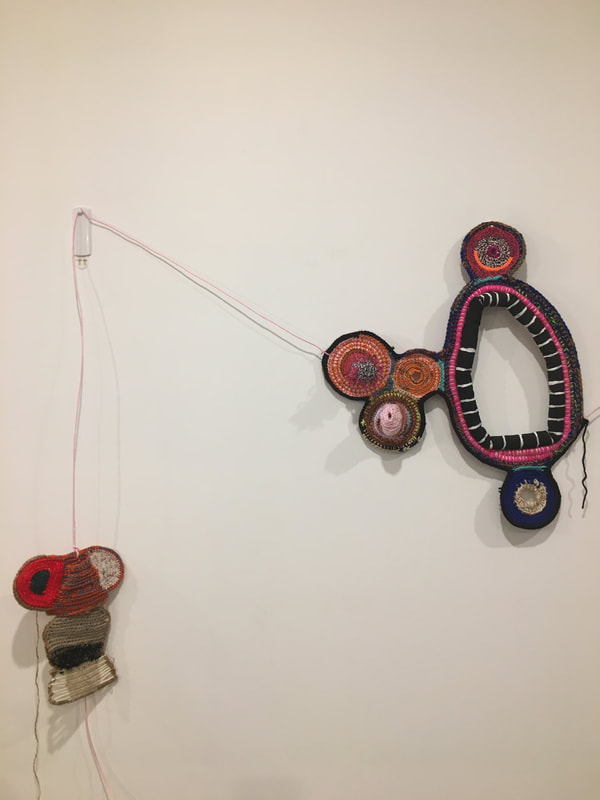
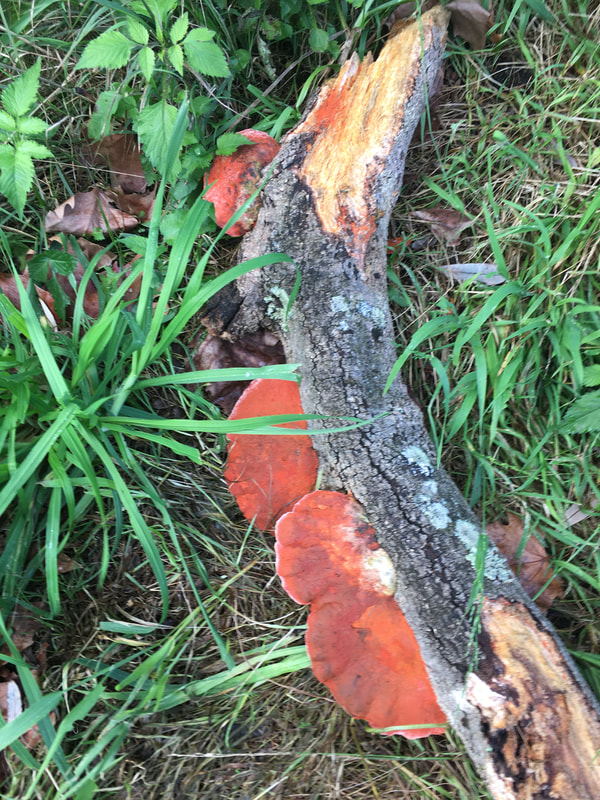
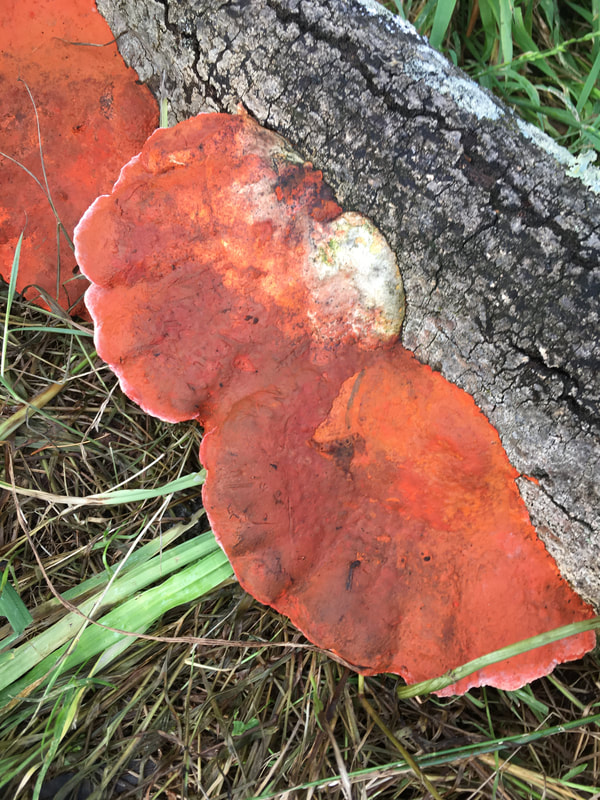
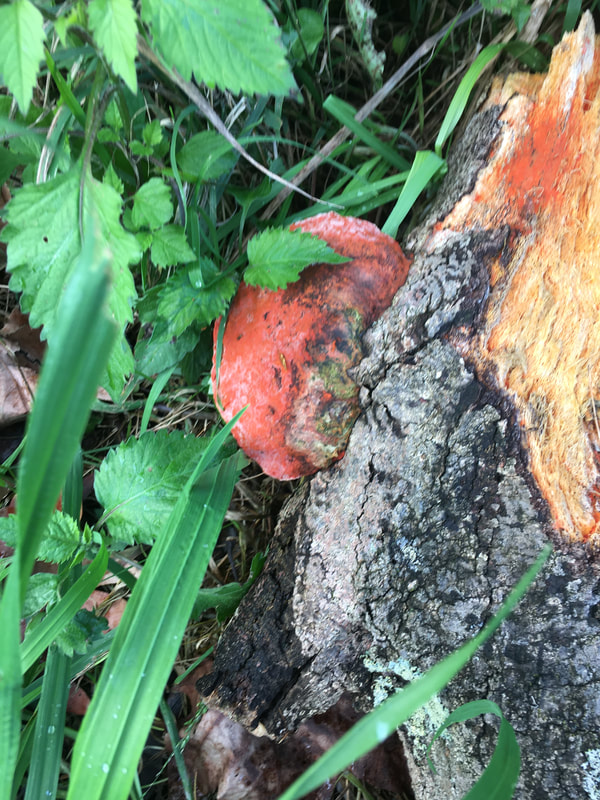
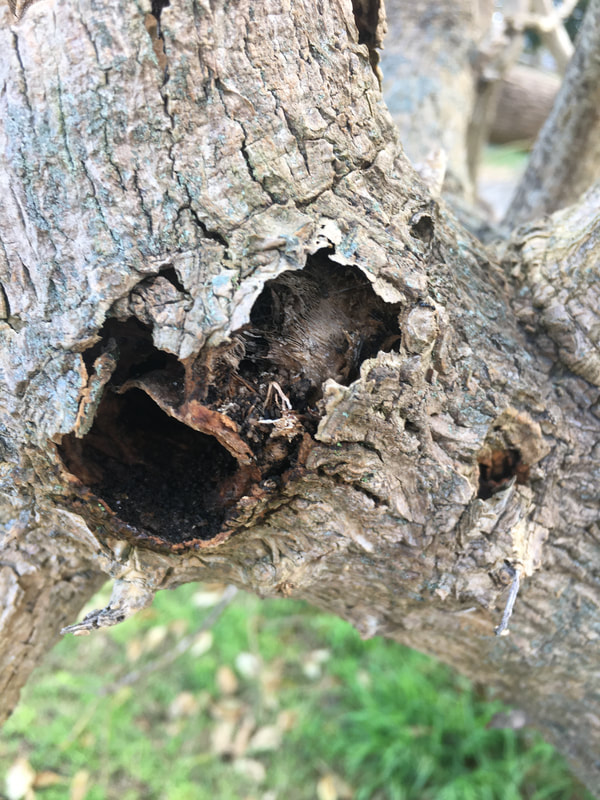
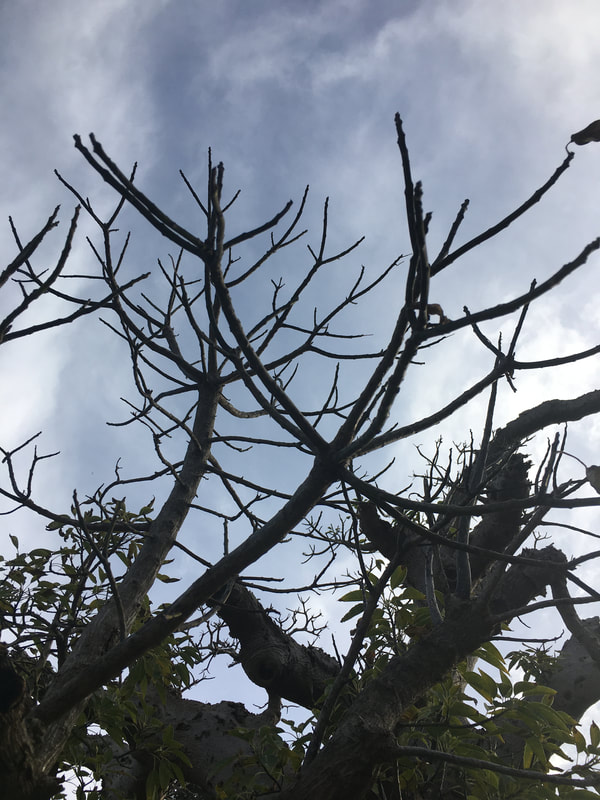
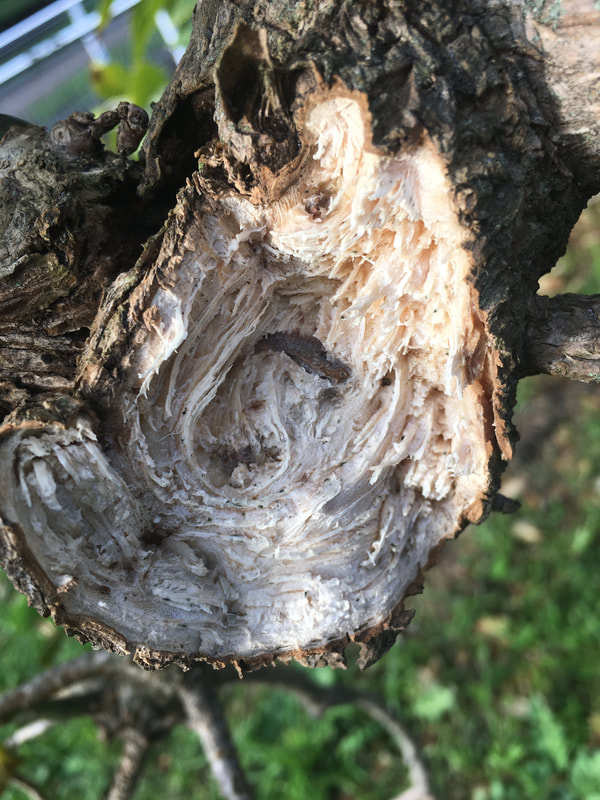
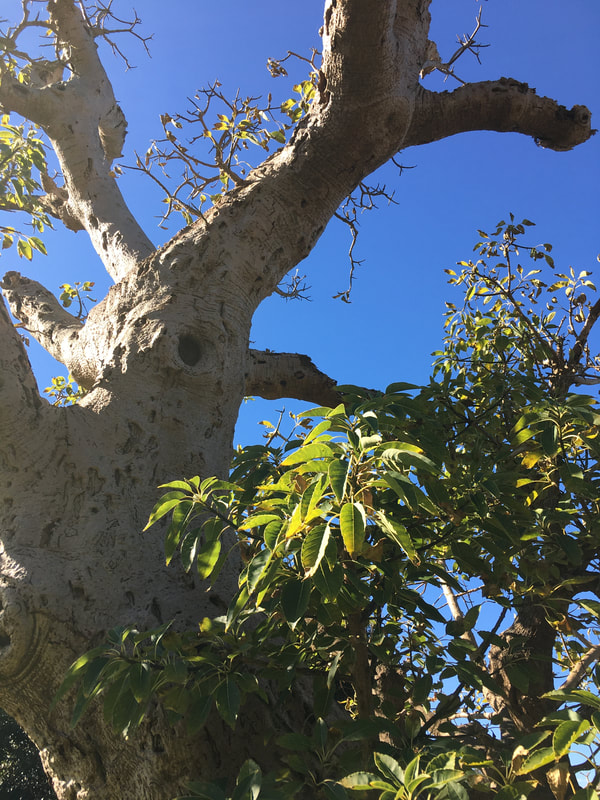
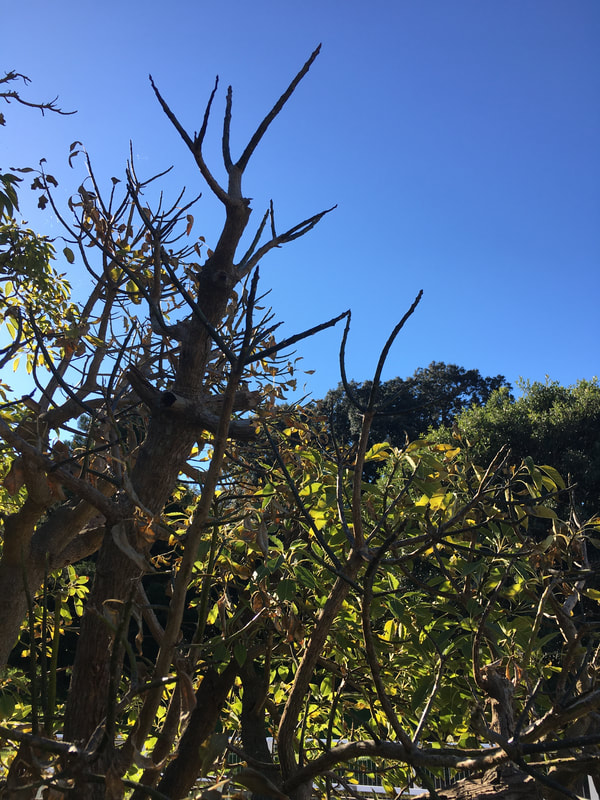
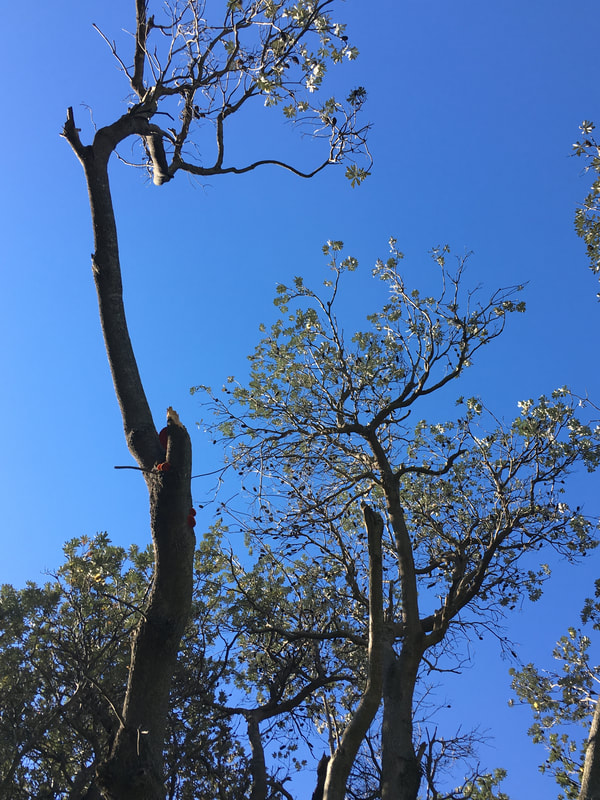
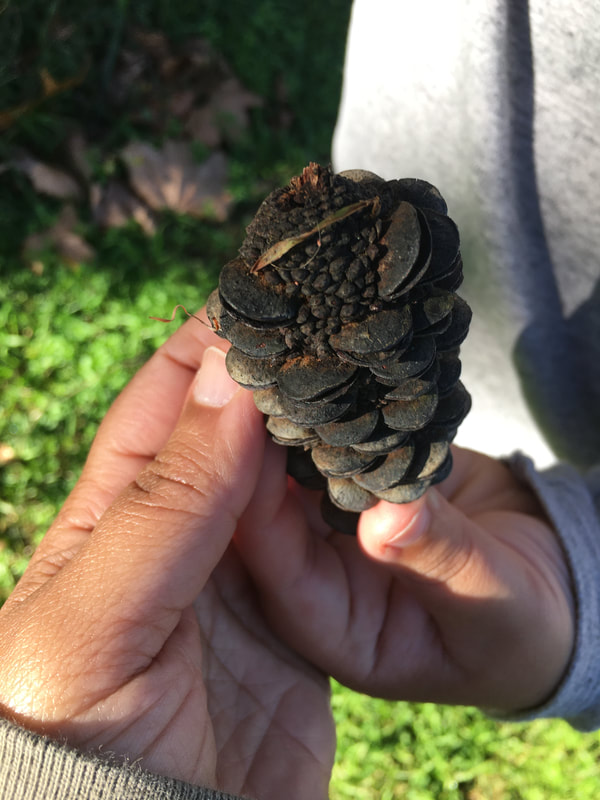
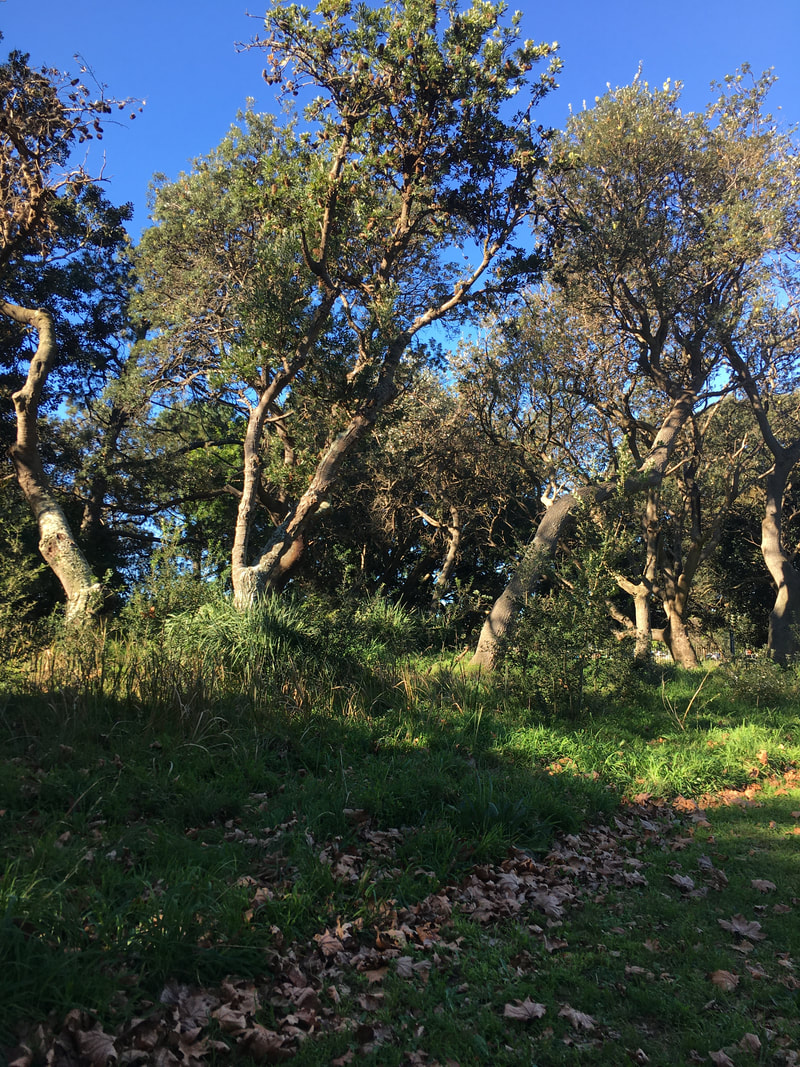
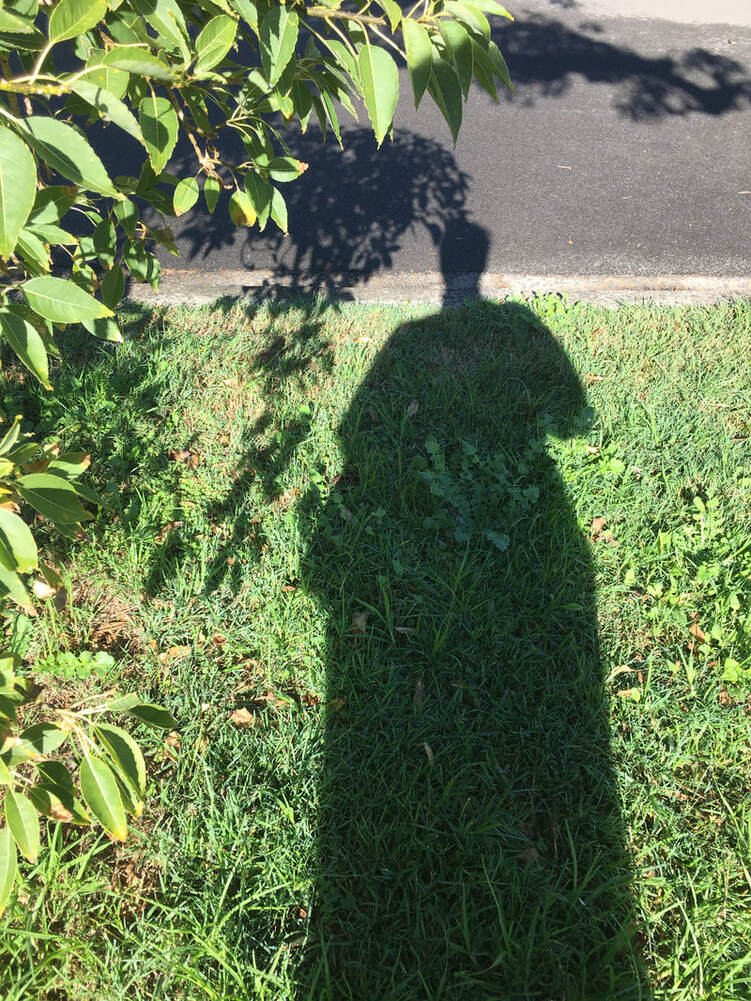
 RSS Feed
RSS Feed
